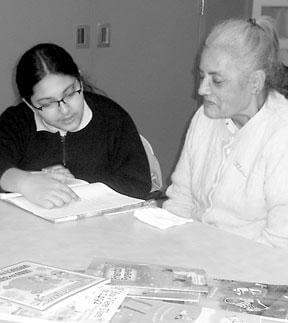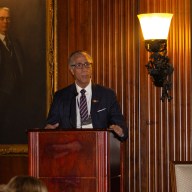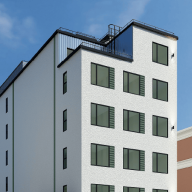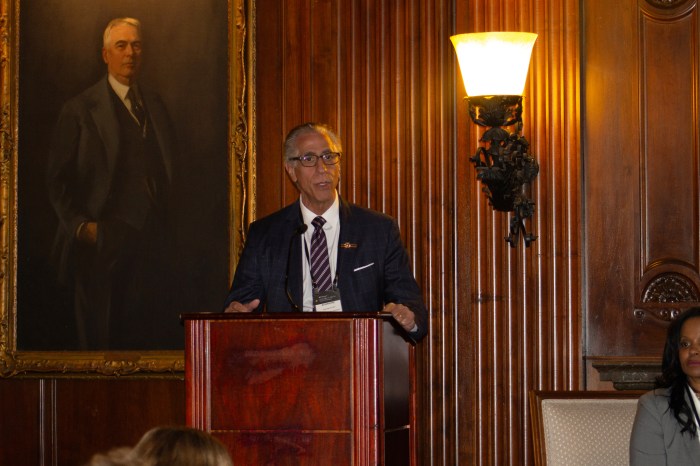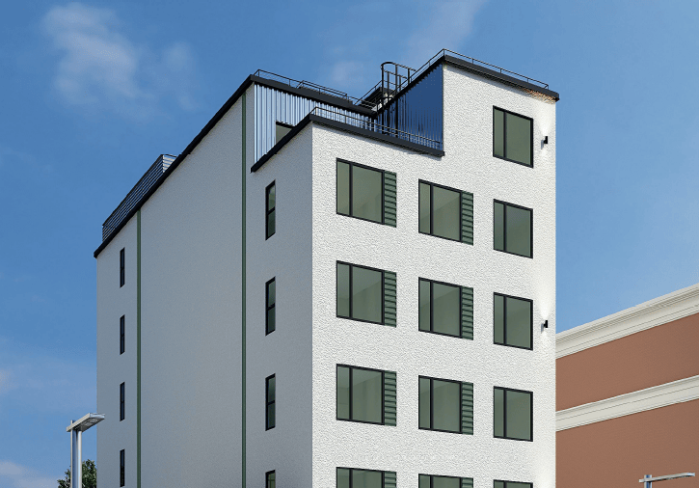Nursing homes, hospitals and schools can work together in a cost-effective manner for the benefit of all.
With an economy poised for yet another year of recession, President Obama and law officials are working diligently to put the brakes on a fiscal train that seems destined to crash. But how do we get this great country back on track again? Do we spend more? Slash less? Create new jobs? Eliminate old ones? What is the best answer? Is there only one answer? Like most Americans, I’ve spent a decent amount of time lately pondering such questions but as a health care worker for nearly 17 years I believe I found a solution for at least some of our current problems and that solution my friends, is integration. Let me explain.
As we enter spring 2009, long-term care (LTC) workers nervously await how Governor Patterson’s 2009 budget gap will affect their respective institutions, likely resulting in deep staff cuts and poorer quality of care for its patients. Running parallel you have NY State Education facing an $800+ million cut which would lead to further over-crowding in the classrooms, less aid for supplies and vital programs such as physical education, the arts, music and much, much more. While healthcare and education are hoping for brighter days ahead, relying heavily now on the governor’s shoulders, both parties need to look at one another for help.
As the director of Recreation of Rebekah Rehab, a major nursing home facility in the Bronx, I’ve already seen the transformative changes that can occur when healthcare and education work collaboratively. In almost the two years I’ve worked for the facility, I’ve noticed an increase in the neighborhood schools and institutions reaching out to us for help, as I to them- Lehman H.S, Millennium Art Academy, Bronx School of Technology, Holy Family, PS 36 and YAI to name a few. Each school or institution is utilized according to the needs and abilities of its students.
Special students from Lehman for example, earn their high school diploma by participating in a work/study program at our facility Monday through Friday. After receiving approximately three hours of academic instruction from their teachers they come over to us and work within each department of the nursing home. Some of the responsibilities of each student include delivering mail, transporting residents to Physical Therapy, setting the tables before mealtimes and helping clean afterwards, labeling clothes for new residents, paint, repair and fix routine maintenance problems. In my department, the students have done everything from teaching our residents how to play our Nintendo Wii to spending 1:1 quality time during our fairly new “Adopt a Grandparent” program.
Holy Family and P.S. 36 schools send over their 5th grade classes each week for our R.O.A.R (Reach Out and Read) Program which allows the students to strengthen their comprehension skills while reading to our seniors.
The Millennium Art Academy offers us students with a flair for art. Residents are treated to a wide variety of craft projects and learn a greater appreciation for the arts. In 2008, our facility teamed up with Millennium and Urban Farming to plant a giant vegetable garden in our backyard. The produce that was grown went to feed both the residents at our facility and battered women at nearby shelters.
The cost for most of these programs? Close to nothing! The rewards and benefits? Endless! Simply put, a little creativity and innovation goes a long way and in these trying economic times, healthcare and education will need to continue re-inventing the wheel. Make no mistake, Intergenerational and work/study programming have been around for decades. Nursing homes, hospitals and schools have worked together very well in the past. Why is this? It’s common knowledge that nursing homes and hospitals can use all the help they can get and the therapeutic benefits of every students smile goes a long way in adding to the quality of life to their patients. Schools also win because their students are given opportunities to learn valuable hands on job skills that gives them an advantage following graduation, something that cannot be taught in just the classroom.
Simply put, nursing homes and hospitals are no longer for the dying and schools are no longer about only learning the area of an isosceles triangle. Our future is changing and that future cannot solely rest upon our local government. We control at least part of our own destiny, with or without aid.

